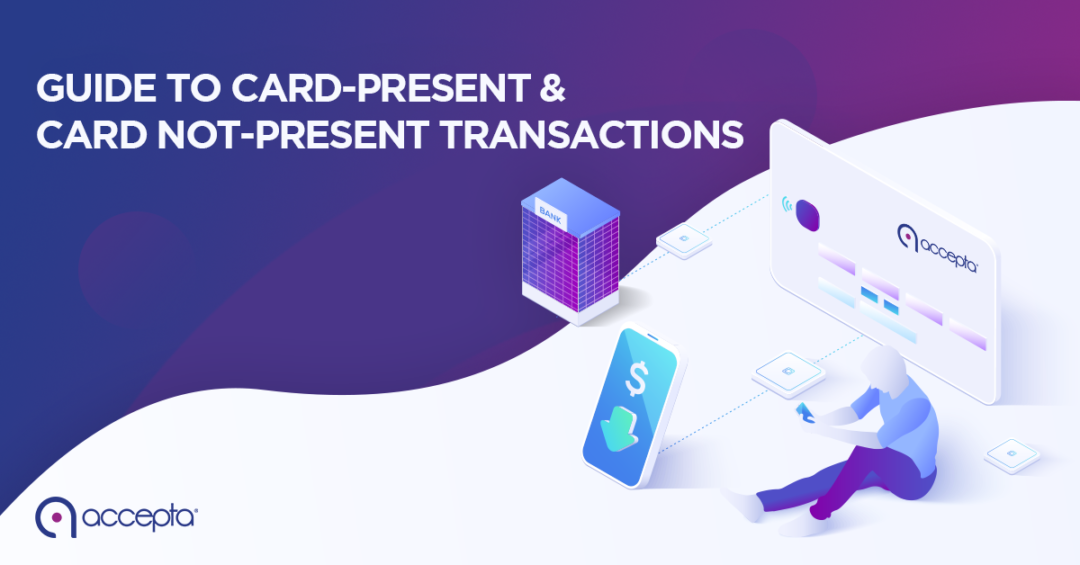Card-Present (CP)

Payment methods include:
- Swiping the card on the terminal
- Inserting an EMV chip (if available)
- Using a contactless card reader
- Tapping your phone to access card data (Apple Pay, Google Pay, etc.)
Card-Not-Present (CNP)

CNPs are regarded as the more convenient option since they don’t require the purchase to be in person.
Payment methods include:
- Web based interface
- Mobile app
- Phone order
- Mailing payment information to a business
Risks and Precautions
Neither category is free of risk, as fraud can occur regardless of whether you use Card-Present or Card-Not-Present transactions. CPs have a lower likelihood of fraud, since they occur in person and have several cardholder verification methods (CVMs). These include:
- PINs
- Signatures
- Requiring cardholder IDs
Falsified cards are also easy to determine when using CPs.
CNP transactions are considered to have a higher fraud risk, since it can be more difficult to confirm the cardholder’s identity. There are ways to increase security in CNP transactions, which include the addition of extra cardholder verification methods (CVMs), such as:
- Requiring the card’s CVV code and expiration date
- Sending email receiptse
- Using an address verification system (AVS).
Costs
Because Card-Not-Present transactions pose extra risks, their costs are usually higher than that of Card-Present transactions. By applying the above mentioned security measures, it’s possible to minimize some of these costs. Banks and other credit card issuers tend to be willing to lower rates for merchants who ensure higher online security. Regardless, merchants benefit from providing both CP and CNP transaction options to their clients.
Accepta offers payment solutions and services that cover both Card-Present and Card-Not-Present transactions. Among these is the PCI certified EzPay platform, which facilitates a secure online payment process. Accepta also offers various POS terminal options, both fixed and wireless, for Card-Present transactions. For more information, contact us: (787) 774-1555 or at acceptapayments.com

